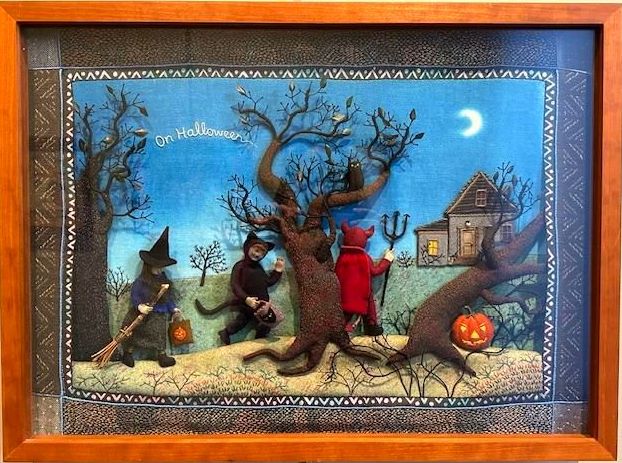A new exhibition in Mexico City highlights the enduring significance of a sacred Mexica myth that continues to shape Mexico’s national identity. This event is part of the government’s initiatives commemorating the 700th anniversary of the founding of the Mexica capital, which is now known as Tenochtitlan. The exhibition illustrates how this ancient story has survived through centuries of European conquest, colonization, and cultural transformations.
The myth revolves around the symbolism of the eagle, cactus, and serpent, which have become integral to Mexico’s national identity. These symbols are not only featured prominently on the national flag but are also visible throughout public spaces and religious sites, serving as a reminder of a rich historical narrative that remains alive in contemporary Mexican culture.
Exploring the Exhibition’s Themes
The exhibition delves into the origins of the Mexica story, tracing its roots back to the ancient capital’s establishment. Visitors will encounter artifacts, visual displays, and interactive installations that bring to life the myth’s significance in both historical and modern contexts. By presenting this narrative, the exhibition aims to foster a deeper understanding of how the Mexica legacy continues to resonate with Mexicans today.
Organized by the Mexican government, the exhibition serves as a platform for cultural reflection and pride. It underscores the resilience of the Mexica myth against the backdrop of historical challenges, including the Spanish conquest in the early 16th century. The myth has adapted over time, influencing art, literature, and national discourse, thereby affirming its place in the collective memory of the nation.
The Cultural Impact of the Mexica Myth
The symbols of the eagle, cactus, and serpent are more than mere emblems; they encapsulate a narrative of survival and identity. The eagle perched on a cactus, devouring a serpent, is a powerful image that has been etched into the national consciousness. It reflects themes of strength, endurance, and the connection between the land and its people. Such representations are celebrated not only in the national flag but also in festivals, academic discussions, and artistic expressions.
As Mexicans prepare to celebrate this significant anniversary, the exhibition serves as a reminder of the importance of cultural heritage. It invites people to reflect on their history and consider how the Mexica myth continues to shape their identity in a rapidly changing world.
This exploration of the Mexica myth is a testament to the enduring power of cultural narratives and their ability to unite and inspire future generations. As the exhibition unfolds, it promises to not only educate but also ignite a sense of pride in a rich and complex heritage that remains relevant today.







